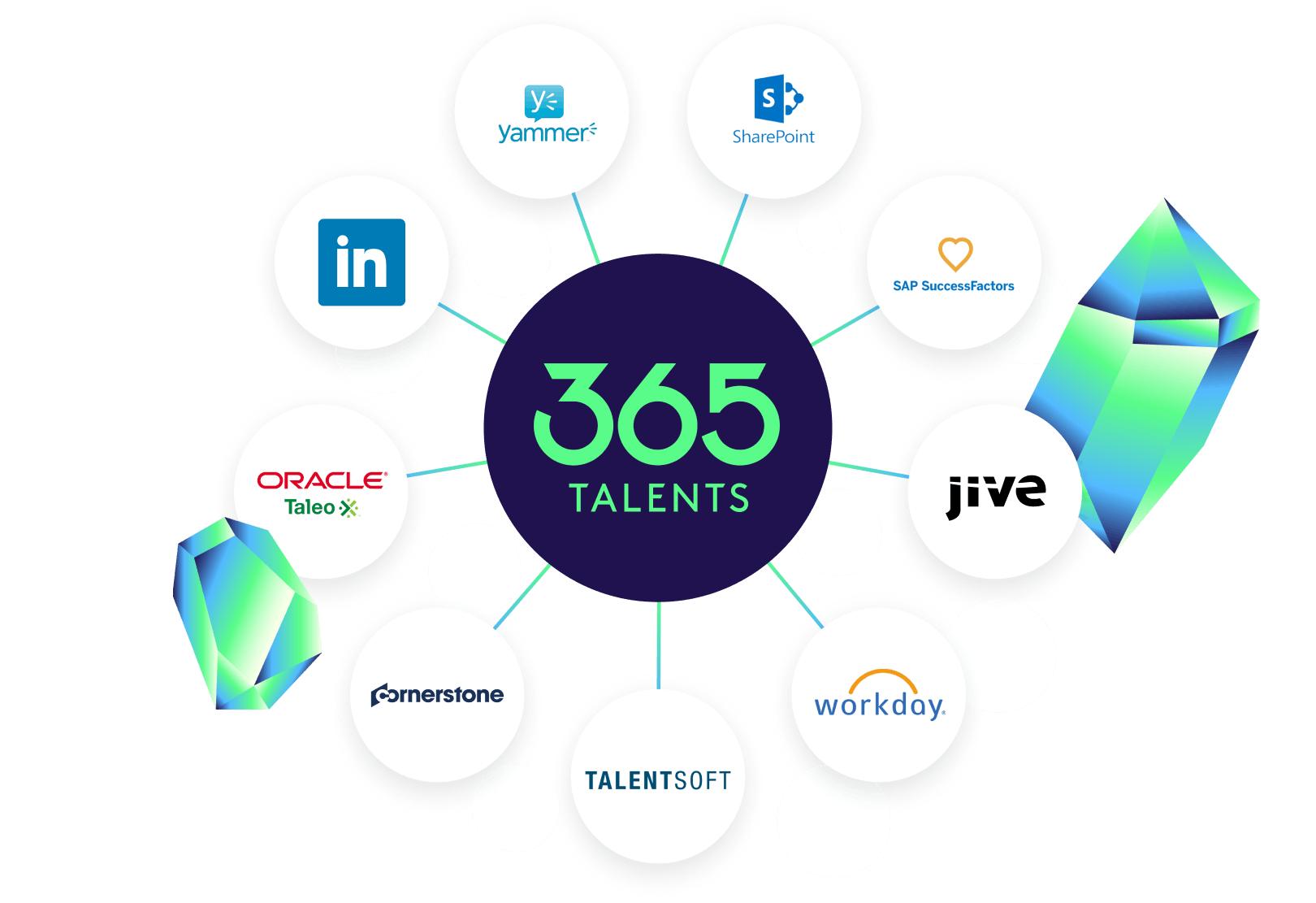How to decode activation rate benchmarks for your HR tech solution

Activation rates are a little bit the white whale of HR tech conversations. Plenty of survey responses and research exists on the challenge of achieving activation or adoption rates with HR tech and whether or not HR professionals feel like they are a priority. But startlingly little benchmark research has been done on what makes “good” activation rate or what HR departments even aspire to achieve as a good activation rate.
This might be because, according to Unleash, only 69% of organizations are even tracking the digital adoption of new HR technology. It can also be because “activation rate” is a tricky thing to define – one that can vary widely by industry and product type, as well as by the defined KPIs and “activation milestones” of the companies doing the reporting.
That said, there’s no reason to throw up your hands and declare activation rates to be an unmeasurable KPI.
In this article, we unpack what makes a good activation rate, why it can be so hard to define (and benchmark!) activation rates, and share some of our own activation rates for transparency and comparison’s sake.
What is a good activation rate?
To answer this question, we turn to Lenny Rachitsky. Rachitsky is an angel investor and HR advisor who publishes a weekly advice column about product, growth, and career development called Lenny’s Letter. In his October 25 newsletter, he tackles the question of activation rates, writing:
Increasing activation rate is one of the highest-leverage growth levers across most products, and it’s often the single best way to increase your retention. But knowing what a good activation rate is, and how to improve it, has been difficult if not impossible. For that reason, it’s been one of the most frequent questions I’ve received from readers over the years.
Rachitsky worked with growth advisor Yuriy Timen to run a global benchmarking survey. The two asked their readers to contribute their activation rate and learnings – with over 500 responses, Rachitsky estimated this was the biggest survey of its kind.
According to Rachitsky and Timen’s survey, the average activation rate was 34% and the median activation rate was 25%.
For just SaaS products like those you would likely find in your HR tech stack (removing marketplace, e-commerce and DTC), those numbers were 36% (average) and 25% (median).
Drilling down further by product type, B2B enterprise SaaS products saw a median activation rate of 33%, with 40% representing 60th percentile and 65% representing 8th percentile.
These numbers align with other research on the subject as well. Gartner research published in HRD revealed that only 34% of employees reported using the core HR tools provided by their organization.
By contrast, anecdotal success stories see Brunswick Corp reporting that within three months of the 2018 launch of their wellbeing program, 57% of employees were registered. General Motors announced that activation rates of 87% for their reward and recognition solution.
So which number should you use for your KPIs? 25%? 57%? 87%? To answer this, we must first unpack what an activation rate is.


Don't let your HR projects fail to launch
42 percent of respondents rated their HR technology implementations as failures after two years, according to Josh Bersin Co.
As a mission control for sharing skills data, integration with 365Talents can supercharge HR projects across your tech stack with skills data so you can boost adoption and avoid false-starts before you launch.
Discover our integration capabilities and see how 365Talents can transform your talent management strategy.

What is an activation rate and why is there so much variance?
The reason there is so much variation between activation rates – and why it can be hard for companies to offer you meaningful competitive benchmark figures – is that there is almost endless flexibility in the definition of “activation.”
First, let’s start with the formula.
Activation rate = the number of users who hit your “activation milestone” / the number of users who completed the sign-up flow
In theory, activation rate is the number of users who hit your “activation milestone” divided by the number of users who completed the sign-up flow. Because the activation milestone is not a universal moment or action across all platforms, even those operating in the same space, it is therefore hard to offer blanket competitive comparisons. As we saw above, Brunswick Corp measured activation as simple registration. For them, the mere act of registering qualifies as meeting the activation milestone.
How to define your activation milestone
In theory, when defined by the solution you’re working with, the activation milestone should be, according to Rachitsky, the “earliest point in your onboarding flow that, by showing your product’s value, is predictive of long-term retention.”
Preliminary activation milestones are often set by the solution or platform, who use usage data, regression analysis and various other user research sources (interviews, brainstorms, surveys, etc.) to identify the inflection point for retention.
However, when setting KPIs, it is beneficial for you and your solution partner to collaboratively identify the figures that align the activation milestone with your business goals and to therefore accurately predict platform use and retention for your unique situation and company.
Activation rate vs. adoption rate
Activation rate is the first stage of the product adoption journey – it is the moment, as previously stated, where they experience their “aha moment” and reach the activation milestone.
A reminder:
Activation rate = the number of users who hit your “activation milestone” / the number of users who completed the sign-up flow
Adoption rates, on the other hand, focus on user growth and the adoption stage (which is a representation of sustained, ongoing user engagement).
The formula for calculating adoption rate is:
Adoption rate = the number of new active users / the number of users who signed up
Both can be useful KPIs when aligned with clear business goals and supported by change management strategy.
To learn more about how our clients are achieving these activation rates, reach out to the 365Talents team today.
Uncover more HR insights









